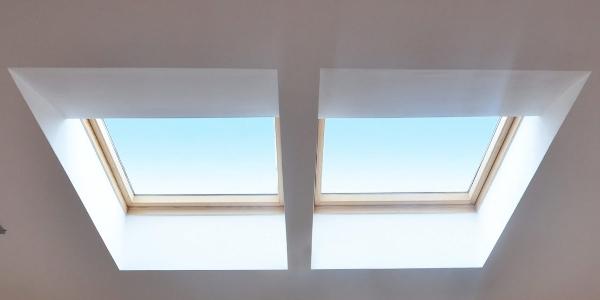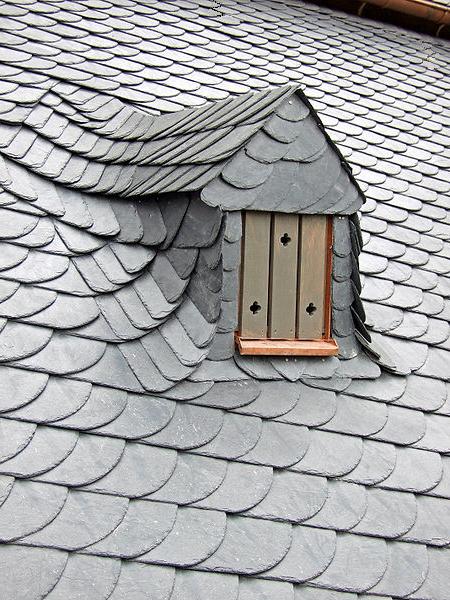Stay Cool no Matter the Season

By Guardian Roofing and Gutters.
Don’t let the elements outside affect your comfort inside! Roofing, insulation and ventilation are the trifecta for ensuring a temperate indoor environment.
We may be past Labor Day, but summer is still here for a few weeks, and temperatures continue to fluctuate. It can be difficult to stay comfortable in the house with drastic changes outside. Roofing, insulation and ventilation can provide the comfort you need, keeping the indoor temperatures steady as Mother Nature transitions through the seasons. This can also contribute to lower energy bills and increased energy efficiency within your home. Whether you’re trying to stay cool when it’s hot outside, or simply want to be energy conscious, there are a number of considerations to keep in mind.
Here are some tips for keeping your home cool this season.
- Roofing: One of the first lines of defense against excessive heat gain is the choice of roofing materials. Opting for reflective roofing materials, such as metal or cool roofs, can significantly reduce the amount of solar heat absorbed by your home. These materials have higher solar reflectance and thermal emittance, effectively reflecting sunlight away from the building and keeping interior spaces cooler.
- Proper insulation: While reflective roofing materials help mitigate heat absorption, proper insulation underneath the roof plays a crucial role in maintaining a consistent indoor temperature. Insulation acts as a barrier, preventing outside temperatures from infiltrating your home. By installing adequate insulation, you can create a thermal boundary that reduces the transfer of heat from the roof into the living areas.
- Have the correct insulation installed: There are various types of insulation to consider, each with its own advantages. Fiberglass, cellulose and spray foam insulation are popular choices for their thermal resistance properties. Installing insulation in the attic, walls and floors helps create a more energy efficient and comfortable living environment.
- Sealing gaps and cracks: Proper insulation is not only about the material itself but also about sealing gaps and cracks that can allow warm air to enter your home. Weatherstripping doors and windows and sealing gaps in walls and ceilings can prevent unwanted heat transfer, ensuring that your cooling efforts are maximized.
- Attic ventilation: Ventilation is a key component in preventing heat buildup in your home. Attic spaces, in particular, can become hot spots if not properly ventilated. By installing vents in the attic, you enable hot air to escape, reducing the overall temperature of your home. This can also contribute to prolonging the lifespan of your roofing materials by preventing excessive heat-related damage.
- Cross ventilation: Strategic cross ventilation involves creating a pathway for air to flow naturally through your living spaces. By strategically placing windows, vents and fans, you can promote the movement of cooler outdoor air into your home and the expulsion of warm indoor air. Cross ventilation enhances air circulation, making your home feel cooler without relying solely on mechanical cooling systems.
To achieve the highest level of comfort and energy efficiency, it’s essential to view roofing, insulation and venting as interconnected elements working together to maintain comfortable indoor temperatures. Your roofing material, combined with effective, correctly installed insulation and proper venting, creates a comprehensive solution that minimizes heat gain and maintains indoor comfort.
Professional consultation and installation can ensure that your roofing, insulation, and venting systems are optimized for your specific home and climate. As we navigate the challenges of hotter seasons, the integration of roofing, insulation and venting strategies becomes paramount in maintaining a cool and comfortable home environment. Reflective roofing materials, proper insulation and effective venting systems work in harmony to minimize heat absorption, create thermal boundaries and facilitate natural air circulation. By embracing these strategies and seeking expert guidance, we can create spaces that not only offer respite from the heat but also contribute to energy savings and sustainable living.
Original article source: Guardian Roofing and Gutters
Have a question? AskARoofer.
Find your local roofing contractor in the RoofersCoffeeShop® Contractor Directory.










Comments
Leave a Reply
Have an account? Login to leave a comment!
Sign In